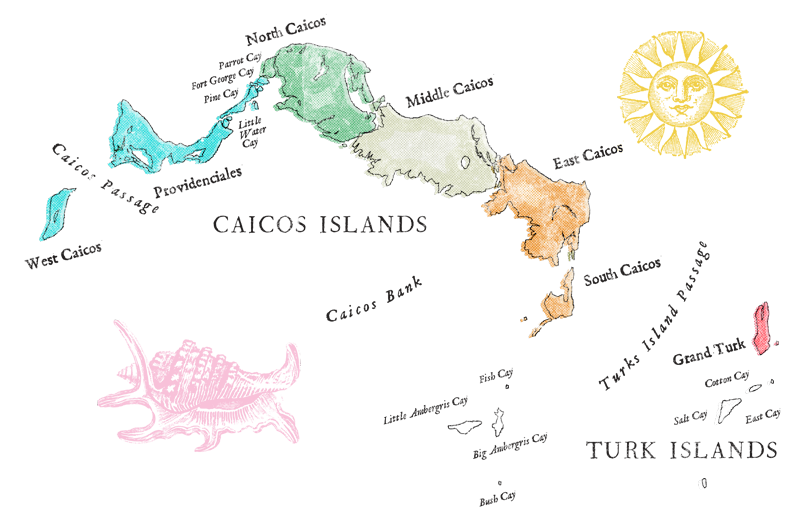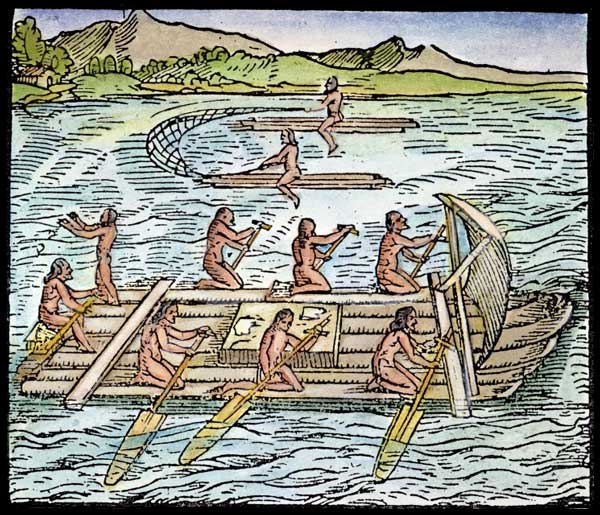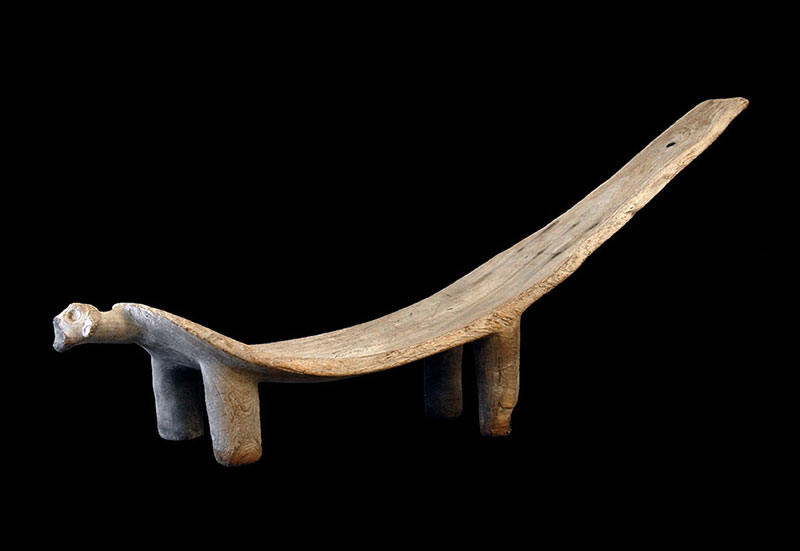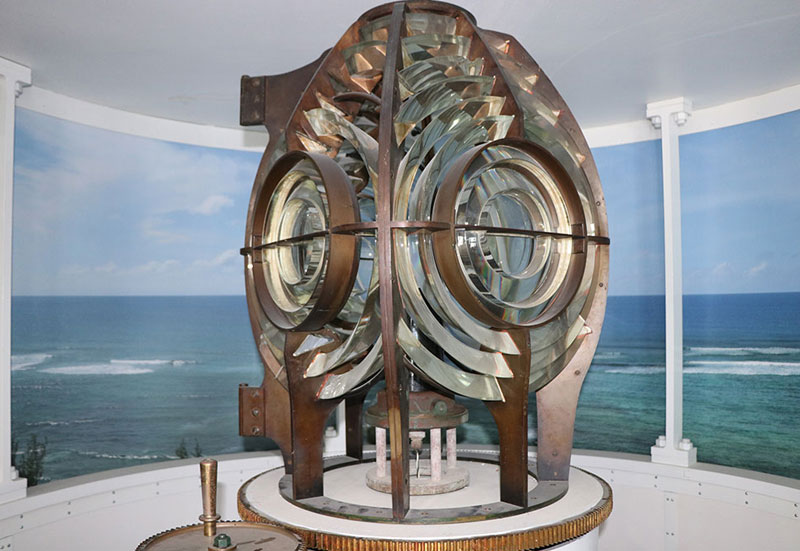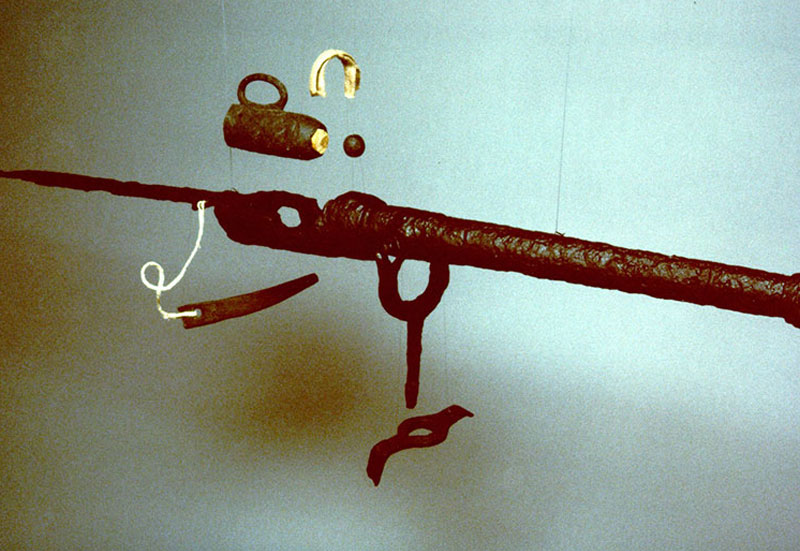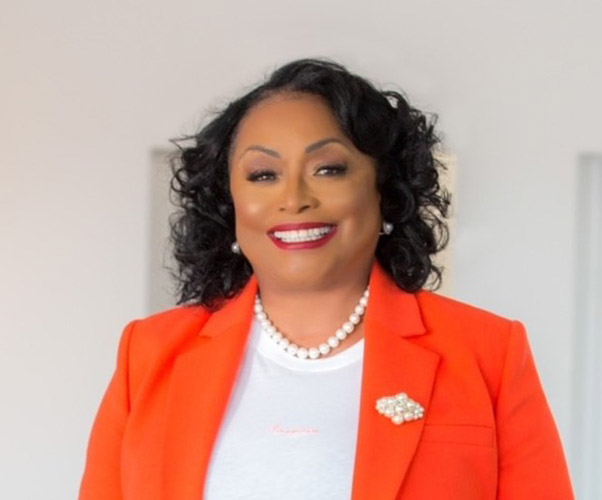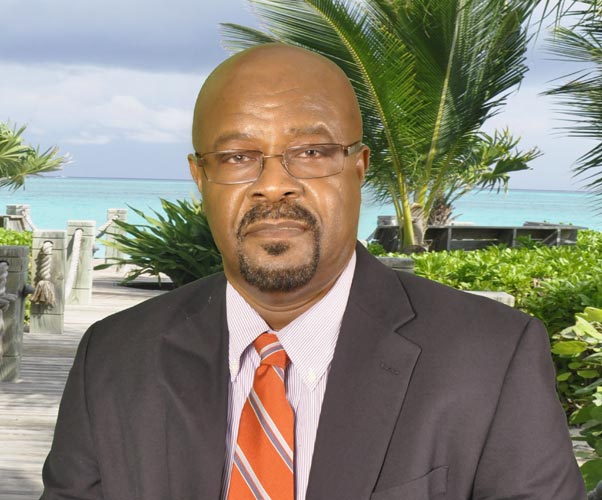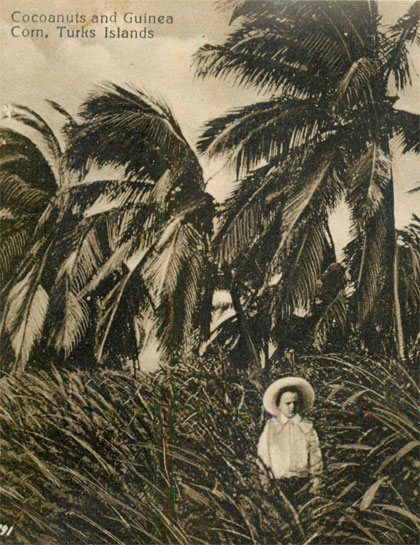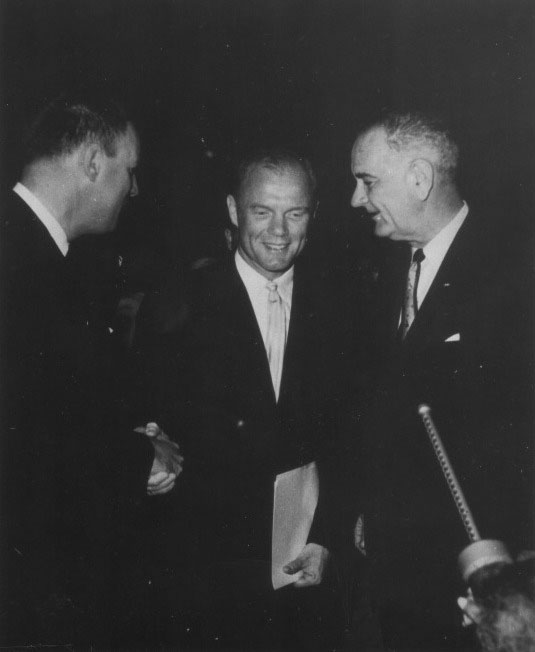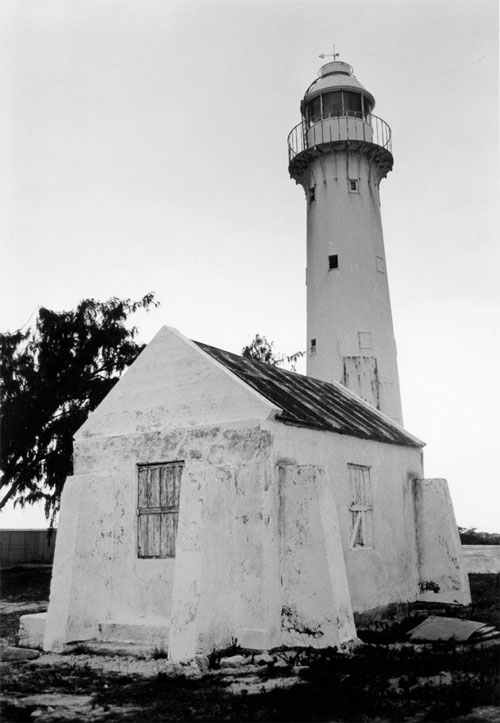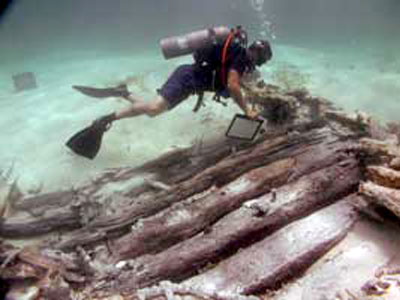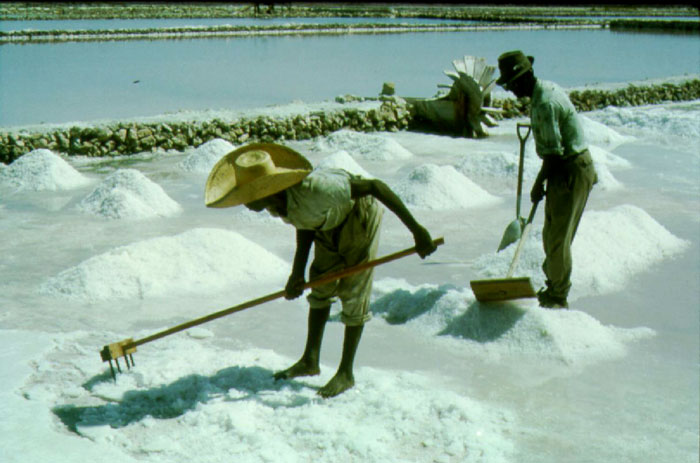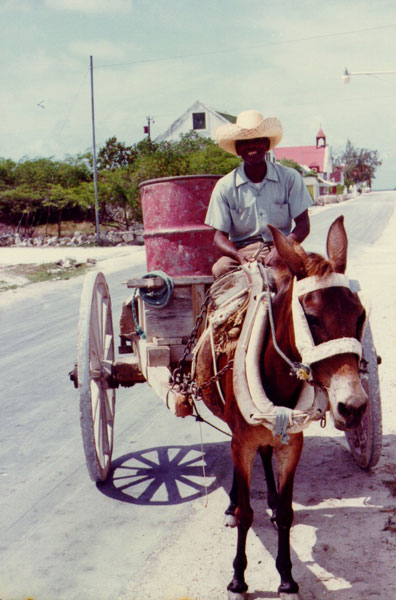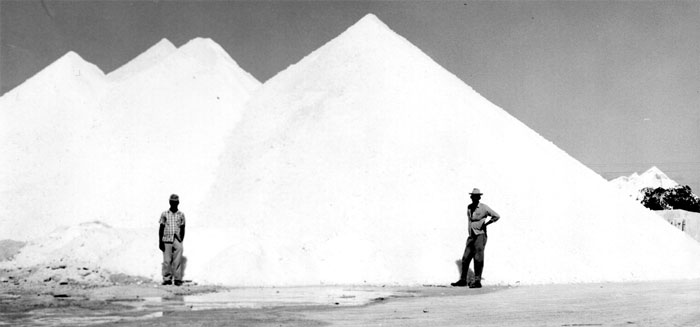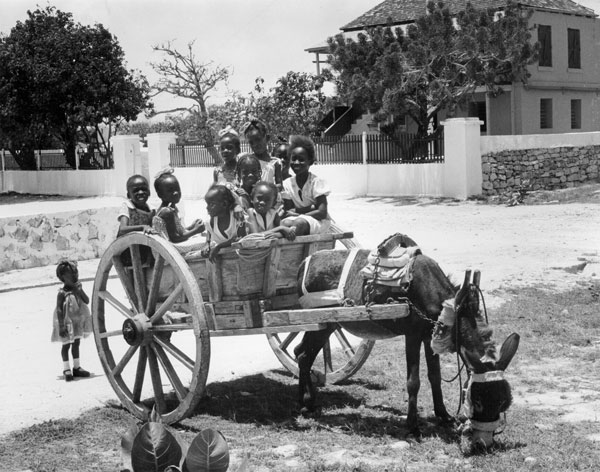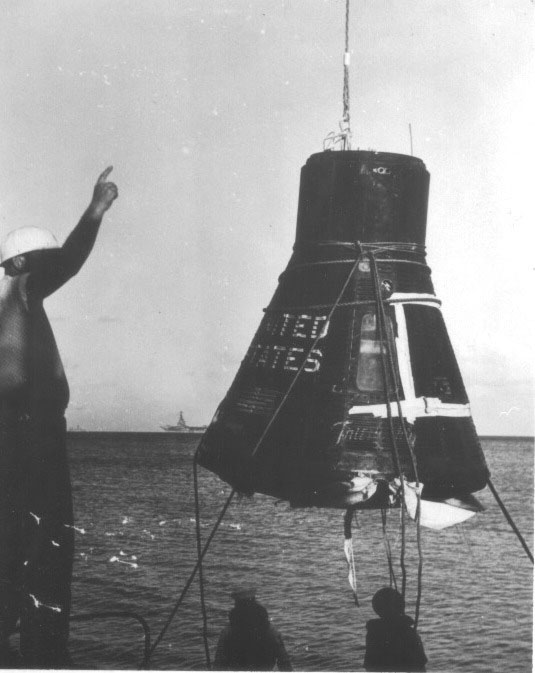Royal Visits
Visits by The British Royal Family
Golden Jubilee
In 2002 Queen Elizabeth II celebrated her Golden Jubilee. The Museum felt that this would be a good time to research events in the Turks and Caicos Islands that involved a visit from a member of the British Royal Family or celebrated a royal event.
1861 Visit by Prince Alfred
The first official Royal Visit planned for the Turks Islands was in 1861. His Royal Highness Prince Alfred was due to arrive on Grand Turk and the Island had prepared itself, but at the last moment the visit was cancelled as the Prince had to return urgently to Britain due to the death of the Duchess of Kent. In fact the HMS St. George which was carrying the Prince, got as near as Inagua before it started its return voyage to England.
1928 Visit by Prince George
The first Royal visit to these islands was carried out unofficially. Following the hurricane in 1928 HMS Durban arrived at Grand Turk to offer assistance. Aboard the ship was His Royal Highness Prince George who came ashore incognito and spent the evening at Government House with other officers from the ship. The ship distributed food and assisted the Islanders during this period.
1960 Visit by the Princess Royal
The first official visit happened in March 1960 when, the Princess Royal, Princess Mary, visited Grand Turk. The Royal Yacht Britannia lay offshore at Grand Turk and as the Princess Royal came ashore in the royal barge she passed the gathered Caicos sloops and Salt Company lighters, which had been decorated with bunting and flags.
The Princess Royal was greeted by the Governor of Jamaica, Sir Kenneth Blackburne, then by the Administrator Geoffrey Guy and his wife, followed by members of the Executive Council and their wives. After these presentations had taken place at the salt dock the princess Royal inspected a Guard of Honour formed by the local troops of Scouts and Guides.
From the Dock the Princess Royal was taken to a platform made of a pile of salt, decorated with conch shells and starfish, and carpeted with mats specially woven by the Federation of Women. A senior elected member of the Legislative Assembly gave a welcome address and the Princess was presented with a shell lamp for herself, a sailing model of a local sloop for Prince Charles and a sponge for Princess Anne (who was later to become the Princess Royal). The Lodges and Benevolent Society members were present in their uniforms making it a colourful occasion. After the Official welcome the Princess Royal was taken on a tour of the United States Auxiliary Air Force Guided Missile Base and the United States Naval Facility, the Hospital and the Library. In the afternoon, the Girl Guides and Scouts gave a display on the Parade Ground and in the Militia Building each branch of the Federation of Women of Grand Turk and Salt Cay and of each of the settlements of the Caicos Islands had stalls displaying their handwork. The Grand Turk branch also put on a dress display, modelling dresses that they had made themselves. In the evening there was a cocktail party at Government House and when the Princess Royal returned to the Royal Yacht Britannia there was a firework display in town to mark her departure.
Following her departure on 25th March the Princess Royal sent a telegram to the Administrator Geoffrey Guy, which read “I thank you and Mrs Guy for your hospitality to me and should be glad if you would tell your Executive Council and the People of the Turks and Caicos how very much I enjoyed my visit to the Islands. The warm hearted and friendly reception I received will always remain with me as a very happy memory”. The Administrator responded “On behalf of the people of the Turks and Caicos Islands may I thank you both for your gracious message and for honouring us with your visit, which everyone here will always remember with pride and gratitude” (The Gazette, April 2nd 1960)
1966 Visit by Queen Elizabeth II
The one-day tour by Queen Elizabeth II and Prince Philip, on Friday February 25th 1966, still stands out as one of the country’s most historic visits. The Royal Yacht Britannia and its naval escort arrived at just past 8.00 after an overnight journey from the British Virgin Islands.
The day started off at Grand Turk at around 9.30am. After being greeted at the Salt Company Pier by the Bahamas Governor, Sir Ralph Grey, the Administrator Mr J. A. Golding and prominent personalities, the royal couple carried out many formal duties. This included an official welcome address at the Parade Ground by the Honourable R E Basden where the Queen was also introduced to many of the local dignitaries. The Royal couple later went to the American Missile Tracking Base where they were taken around by Major General Vincent G. Huston, the commander of the U.S. Air Force Eastern Test Range. Here they were shown models of the Mercury, Gemini and Apollo spacecrafts and informed of Grand Turks role in the Space Race.
Later in the Day the Royal Yacht Britannia sailed over to South Caicos where it was greeted with a flotilla of small boats and sloops. Again the Royal couple went through an official welcoming service and then visited the plant of the Caicos Fisheries Inc., and an exhibition of local Caicos crafts.
The highlight of the visit to South Caicos had to be the donkey race. The race, started by Liam Maguire, set off from just in front of the Royal Box and then proceeded past the government jetty, past a marker at the Caicos Fisheries and then back to the Royal Box. The nine “jockeys” and their donkeys, which were wearing colourful caps and costumes, made an interesting site as they wound their way along the course. Earl Basden, riding “Willie Boy” took an early lead and held onto it for the rest of the race to take the 10 first prize. The 5 second prize went to Samuel Smith jr. who had been riding “Mighty Sparrow” and the 2 third prize went to Gilbert Lightbourne who had been riding “Brown Man”. Following the awarding of the prizes to the “jockeys” the Royal party returned to the Royal Yacht Britannia.
During her visit several of the local residents were presented with honours for public services at a reception at Government House. This included the presentation of the Order of the British Empire to Honourable E T Wood at Government House, this event being recorded as one of the stamps issued in 1977 to mark the Queen’s Silver Jubilee.
The Queen’s link to the Island continued after her visit. In April 1966 the Turks and Caicos Police Force gained the title “Royal” upon it in recognition of their work during the Queen’s visit.
See also Summer 2002 issue of Astrolabe
Sources of information
Assorted newspaper cuttings from Britain and the Bahamas
Conch Horn, April 1st 1966
Royal Visit – Bahama Islands with Turks and Caicos Islands, Stanley Toogood
Salina Post, 1977
Visit of Her Majesty The Queen – Official Programme of Events
1973 Visit by Prince Charles
In most years the British Royal Navy sends a ship on an official visit to the Turks and Caicos Islands. The next official Royal Visit was during one of these naval stopovers. Prince Charles was one of the crew of HMS Minerva when it visited the Islands in 1973. He visited Grand Turk and South Caicos and during his stay played in two cricket matches as one of the HMS Minerva team. Unfortunately, his first innings was short: Maurice Hanchell bowled him out first ball and the Navy team went onto defeat. In South Caicos Norman Saunder’s Cockburn Harbour Cricket Club also beat the Navy team, with the Prince making 12 runs this time.
1993 Visit by Prince Philip
Prince Philip, The Duke of Edinburgh has made the most visits to the Islands. His first visit came in 1966 when he accompanied his wife, Queen Elizabeth II. His next visit came in 1977 when he made a brief stop at Grand Turk airport, on his flight from the Caribbean to England where he had been presenting school awards in the Windward Islands. On the 10th October 1980 he returned as a co pilot of an RAF Viscount aircraft, which refuelled at Grand Turk airport during its flight from Venezuela to Nassau.
His latest visit occurred on March 20th 1993 when during his time on Grand Turk he viewed the artefacts from the Molasses Reef Wreck at the National Museum. Prince Philip, referring to a number of photos of the Queen’s visit in 1966, commented during a presentation to the Legislative Council that “I don’t know how many of you have been put in a museum while you are still alive” and that it was “quite an interesting feeling to be in a museum before you are actually dead”.
The prince also visited a tent opposite the Museum that was housing a display from the recently established Turks and Caicos National Trust. After his tour of Grand Turk he was flown over to Providenciales where his visit saw him take in several hotels and the conch farm.
2000 Visit by Prince Andrew
The last official Royal Visit to the Turks and Caicos Islands was in March 2000 when the Duke of York, Prince Andrew, paid a three-day visit to the country. Arriving on March 16th, he started off in Grand Turk where he took in a visit of the National Museum and later that evening HE Governor Mervyn Jones hosted a reception in his honour at Waterloo. The following day Prince Andrew gave a presentation to the Legislative Committee and then attended a display from Grand Turk children on the Parade Ground. On March 18th the Duke of York flew to Providenciales where he visited Clement Howell High School, Cheshire Hall Plantation site and a reception at Beaches Resort before returning to Grand Turk for the night. On the following day he left the Islands.
2001 Visit by Prince Edward
The last visit by a member of the Royal Family was by Prince Edward, Earl of Wessex, who paid an unofficial visit when he stayed at Parrot Cay on holiday in February 2001.
